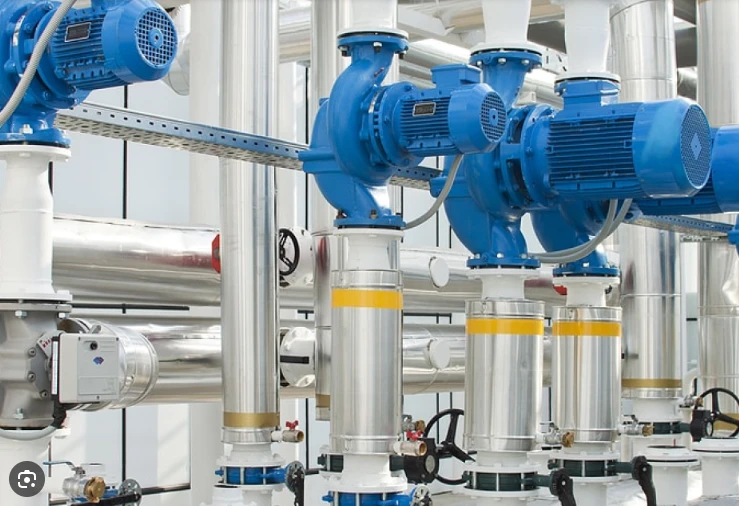Persian
- Afrikaans
- Albanian
- Amharic
- Arabic
- Armenian
- Azerbaijani
- Basque
- Belarusian
- Bengali
- Bosnian
- Bulgarian
- Catalan
- Cebuano
- Corsican
- Croatian
- Czech
- Danish
- Dutch
- English
- Esperanto
- Estonian
- Finnish
- French
- Frisian
- Galician
- Georgian
- German
- Greek
- Gujarati
- Haitian Creole
- hausa
- hawaiian
- Hebrew
- Hindi
- Miao
- Hungarian
- Icelandic
- igbo
- Indonesian
- irish
- Italian
- Japanese
- Javanese
- Kannada
- kazakh
- Khmer
- Rwandese
- Korean
- Kurdish
- Kyrgyz
- Lao
- Latin
- Latvian
- Lithuanian
- Luxembourgish
- Macedonian
- Malgashi
- Malay
- Malayalam
- Maltese
- Maori
- Marathi
- Mongolian
- Myanmar
- Nepali
- Norwegian
- Norwegian
- Occitan
- Pashto
- Persian
- Polish
- Portuguese
- Punjabi
- Romanian
- Russian
- Samoan
- Scottish Gaelic
- Serbian
- Sesotho
- Shona
- Sindhi
- Sinhala
- Slovak
- Slovenian
- Somali
- Spanish
- Sundanese
- Swahili
- Swedish
- Tagalog
- Tajik
- Tamil
- Tatar
- Telugu
- Thai
- Turkish
- Turkmen
- Ukrainian
- Urdu
- Uighur
- Uzbek
- Vietnamese
- Welsh
- Bantu
- Yiddish
- Yoruba
- Zulu
Telephone: +86 13120555503
Email: frank@cypump.com
نوامبر . 18, 2024 13:00 Back to list
Efficient Solutions for Transporting Sand and Gravel with Reliable Pump Technology
Understanding Sand and Gravel Pumps Function, Applications, and Benefits
Sand and gravel pumps play a pivotal role in various industries, particularly in construction, mining, and environmental management. These specialized pumps are designed to handle the challenging requirements of transferring abrasive materials like sand, gravel, and slurry. Understanding how they work and their applications can significantly enhance efficiency in projects requiring bulk material handling.
Functionality of Sand and Gravel Pumps
Sand and gravel pumps are robust, heavy-duty machines built to convey high-density materials. They typically function using centrifugal force, which allows them to move both solids and liquids effectively. Unlike standard water pumps, sand and gravel pumps have a unique design featuring a wider inlet and reinforced impeller blades to withstand the wear and tear associated with abrasive substances.
The construction of these pumps usually incorporates highly durable materials, such as stainless steel or high-chrome alloys, to ensure longevity and reliability. Additionally, many pumps are equipped with adjustable components that allow for customization based on the specific material being handled. This adaptability makes sand and gravel pumps suitable for various types of tasks, whether in wet or dry conditions.
Applications in Various Industries
Sand and gravel pumps are prevalent in numerous sectors. In the construction industry, these pumps are essential for transferring aggregates to concrete mixing sites, ensuring a consistent supply of materials for building foundations, roads, and other infrastructures. Their ability to handle large volumes of materials quickly makes them indispensable in large-scale construction projects.
sand and gravel pump

In the mining sector, sand and gravel pumps facilitate the removal of slurry from extraction sites. They efficiently transport minerals and ores mixed with water, assisting in the separation and processing of valuable materials. The environmental management sector also benefits from these pumps, as they are utilized in dredging operations and sediment removal from water bodies, helping maintain ecological balance and prevent flooding.
Benefits of Using Sand and Gravel Pumps
The advantages of sand and gravel pumps are numerous. Firstly, their robust design ensures minimal maintenance, translating to lower operational costs over time. Secondly, the efficiency of sand and gravel pumps reduces the labor required for transporting materials, thus speeding up project timelines. This efficiency is particularly crucial in industries where time is of the essence, such as construction and mining.
Moreover, these pumps are designed to handle various viscosities and particle sizes, meaning they can adapt to different material types without requiring a complete overhaul of equipment. This versatility adds further value, making them a smart investment for businesses looking to optimize their operations.
Conclusion
In summary, sand and gravel pumps are an essential component across various industries. Their ability to handle abrasive materials efficiently and their robust design make them an invaluable asset in construction, mining, and environmental management. As industries continue to evolve, the demand for reliable and effective material handling solutions like sand and gravel pumps will undoubtedly increase, reinforcing their importance in modern operations. Investing in quality pumps can lead to significant gains in productivity and overall project success.
-
High-Performance Air Pumps for Sand & Gravel | Efficient Transport
NewsAug.03,2025
-
ISG Series Vertical Pipeline Pump - Chi Yuan Pumps Co., LTD.|Energy Efficiency, Corrosion Resistance
NewsAug.03,2025
-
ISG Series Pipeline Pump - Chi Yuan Pumps | Energy Efficiency&Compact Design
NewsAug.03,2025
-
ISG Series Vertical Pipeline Pump - Chi Yuan Pumps Co., LTD.|High Efficiency, Low Noise, Durable
NewsAug.02,2025
-
ISG Series Vertical Pipeline Pump - Chi Yuan Pumps | High Efficiency, Low Noise
NewsAug.02,2025
-
ISG Series Vertical Pipeline Pump- Chi Yuan Pumps Co., LTD.|High Efficiency&Compact Design
NewsAug.02,2025










